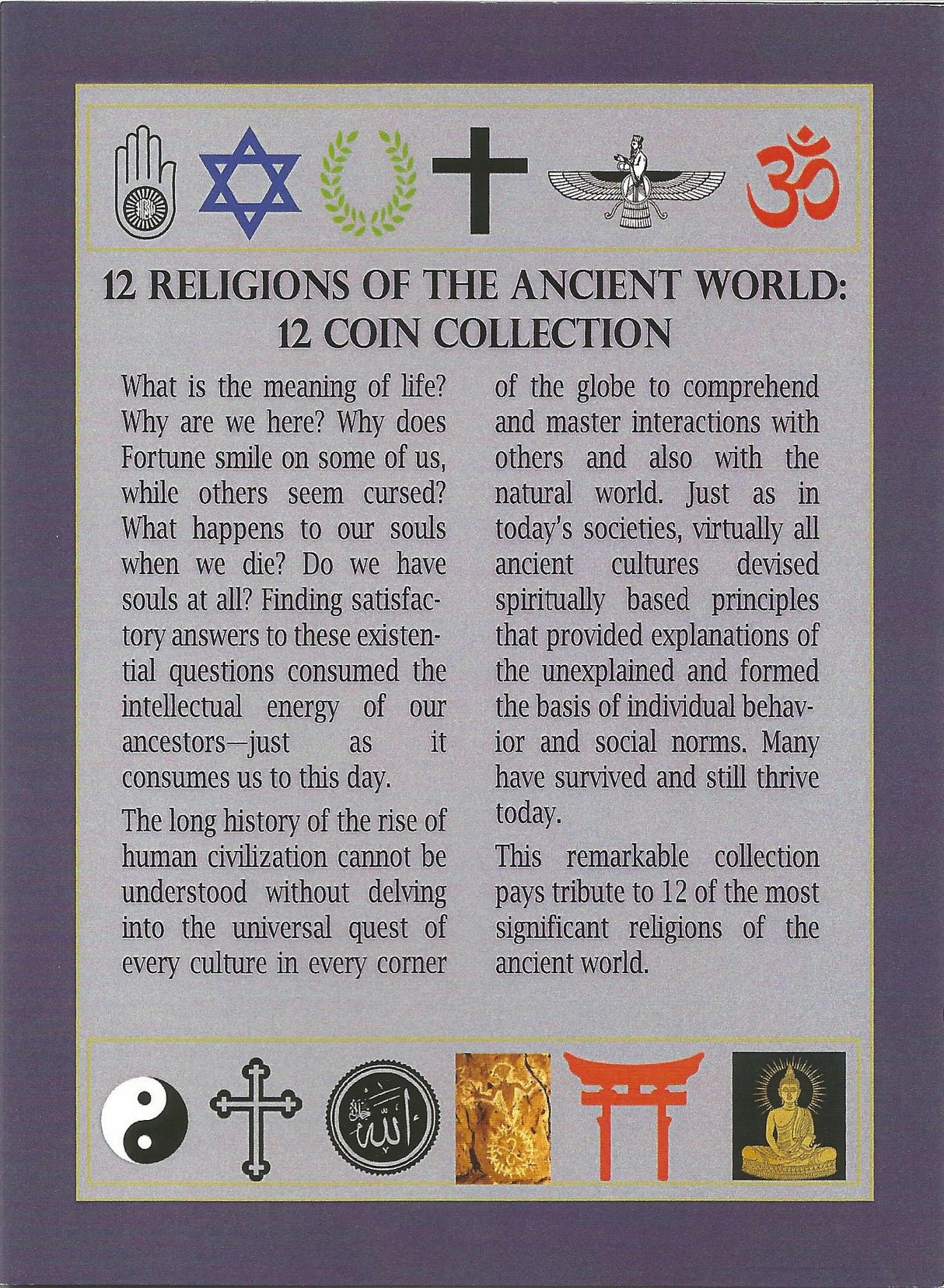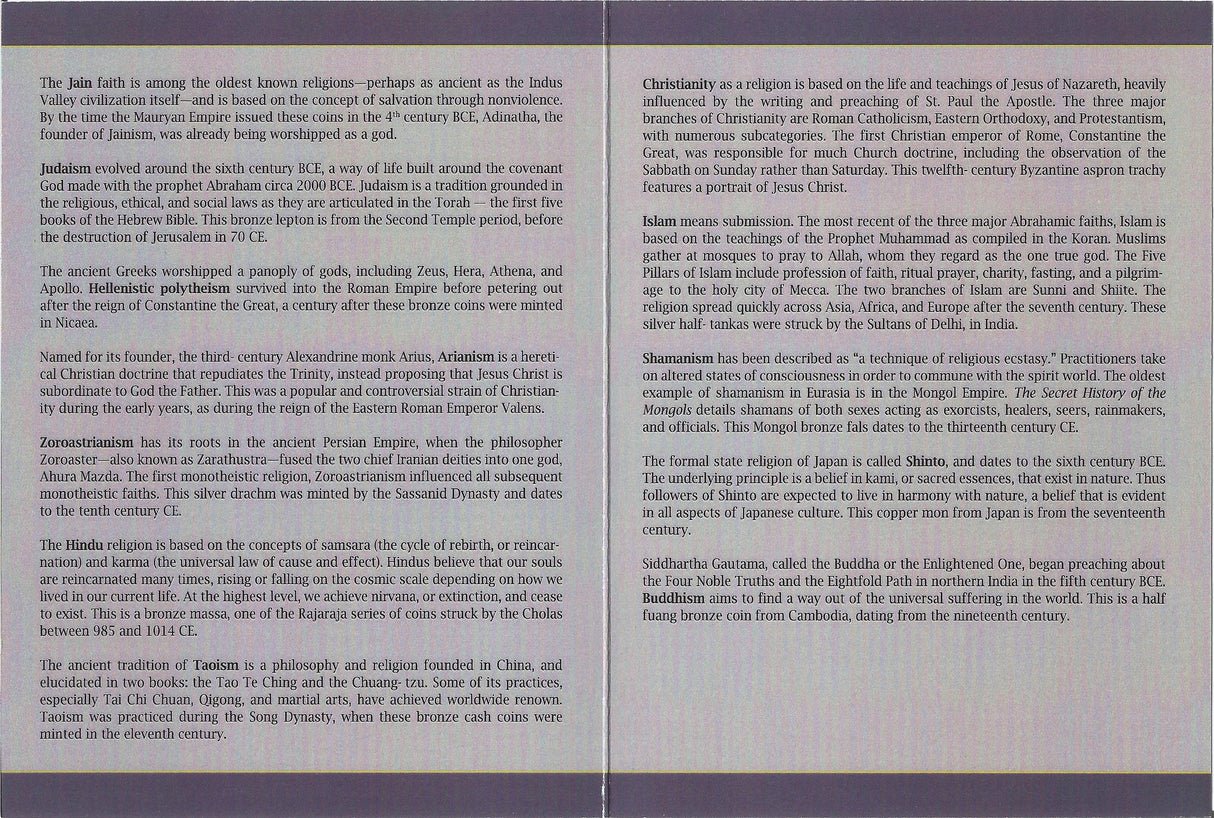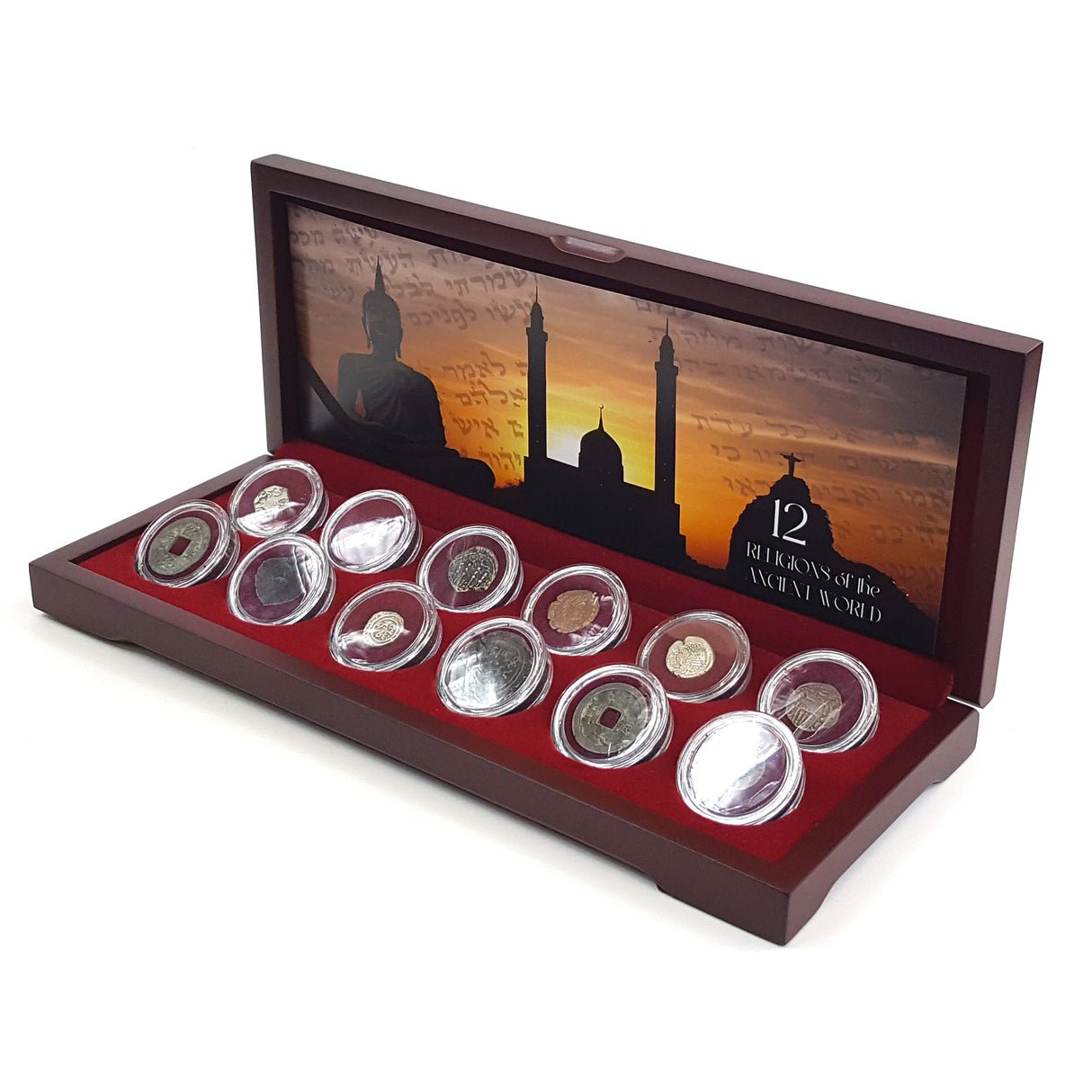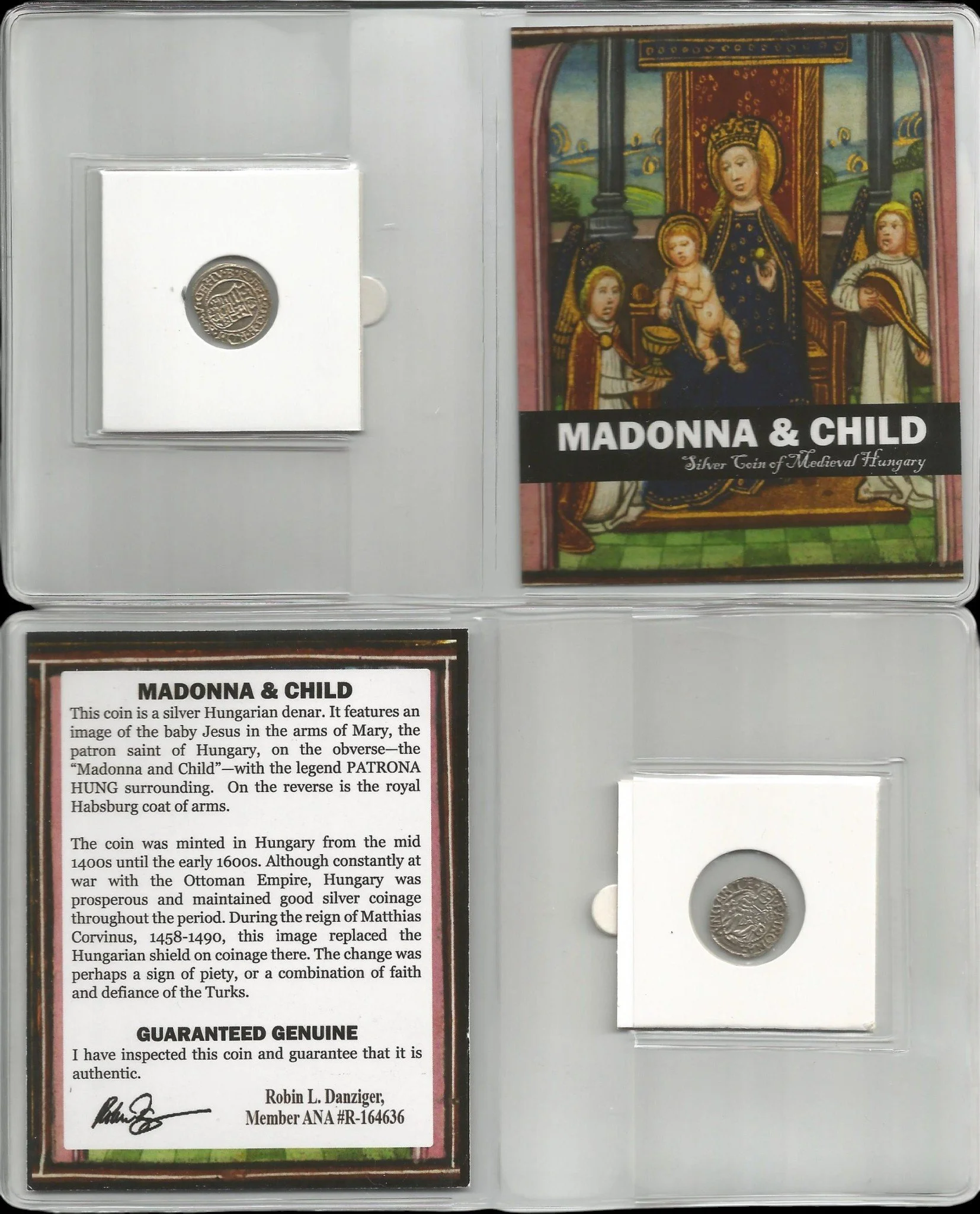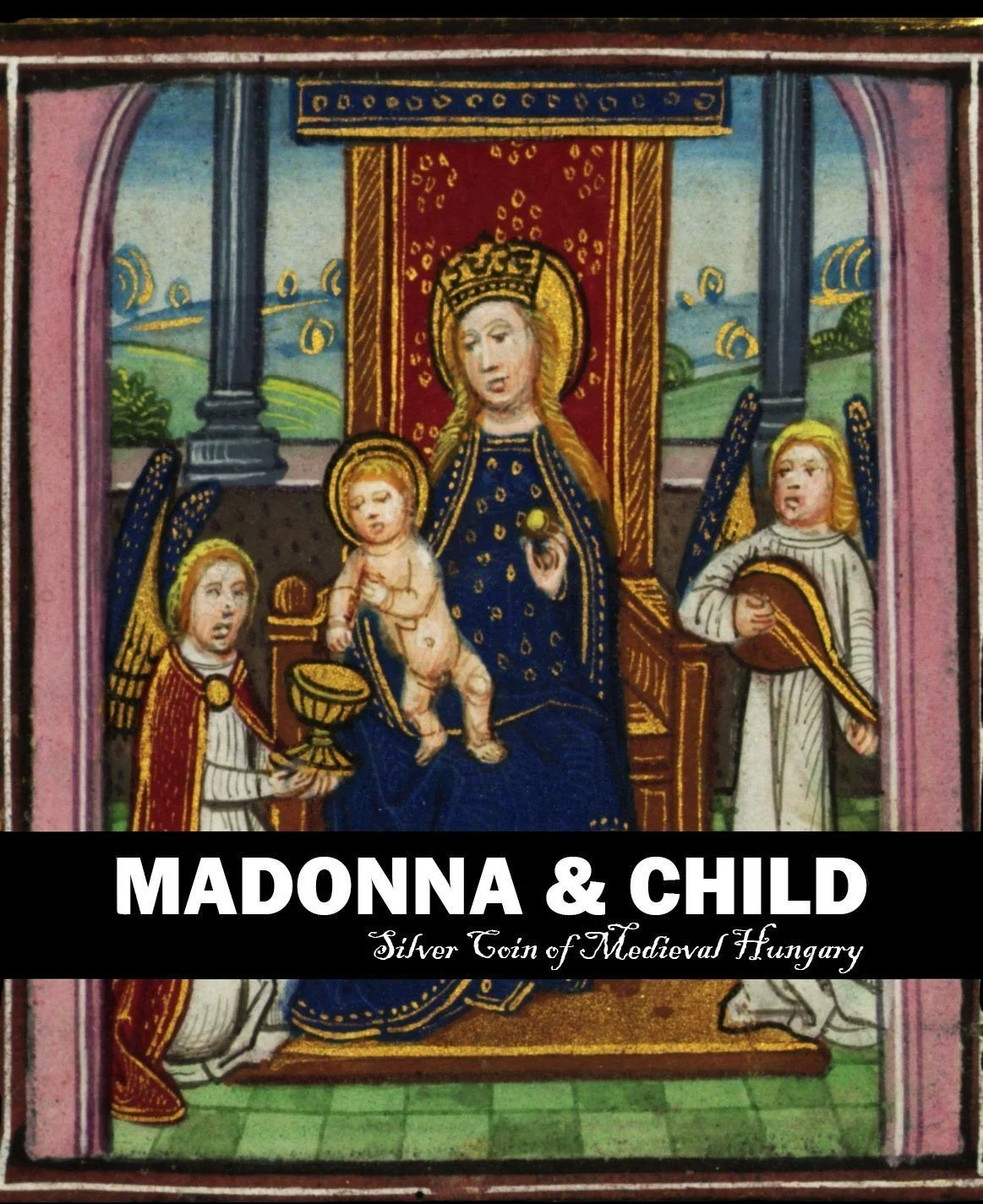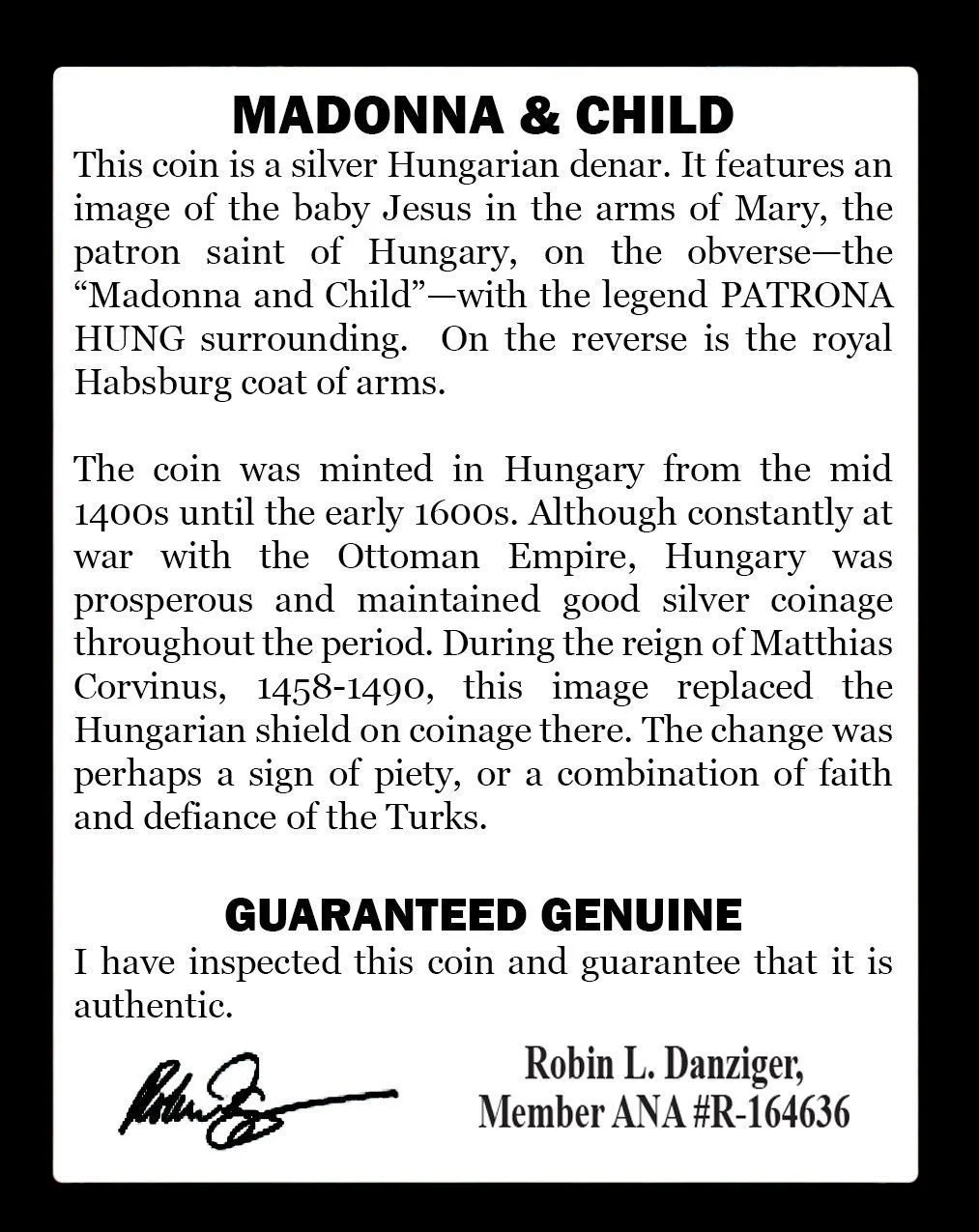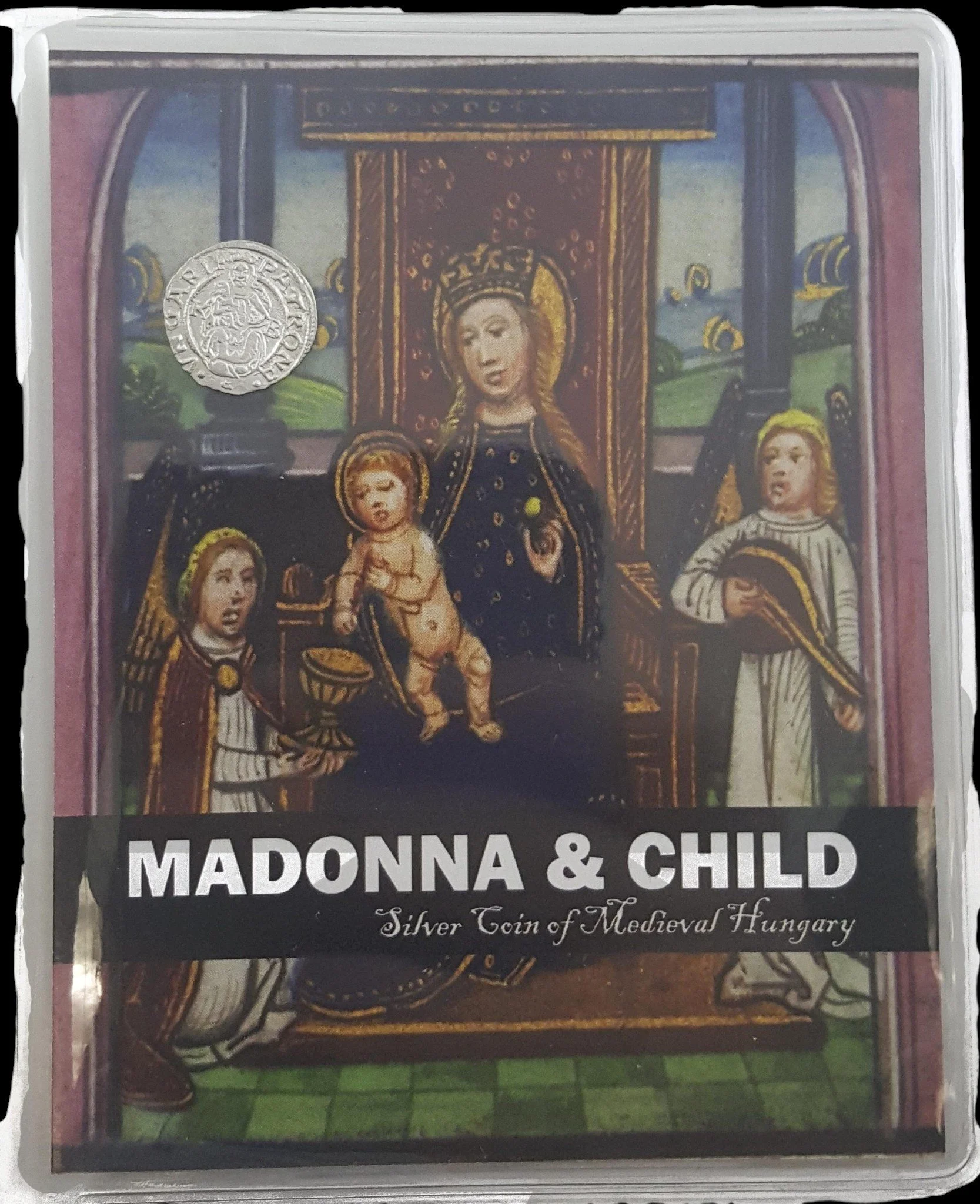 Image 1 of 1
Image 1 of 1


Rise and Fall of the Huns: A Collection of Three Hunnic Coins (about 1,550-1,650 years ago)
This collection features three rare coins that represent different Hunnic groups during their period of expansion and eventual fragmentation from the late 4th to 6th centuries CE. These coins provide some of the few physical artifacts from the nomadic Hunnic peoples who dramatically altered the political landscape of Europe and Asia through their military campaigns and migrations.
Coin 1: Kidarite Hunnic Gold Dinar
Coin Description:
Front side: Profile of a ruler with distinctive elongated skull (resulting from cranial deformation practices) wearing a crown with ribbons, surrounded by Bactrian script
Back side: Stylized fire altar with attendants, showing influence of Persian Sassanid designs
Technical Details:
Gold composition (approximately 90% gold)
Dinar denomination (main gold currency unit)
No specific reference number provided
Uncertified
Minted approximately 420-450 CE in Bactria (modern Afghanistan/Tajikistan)
Condition: Good, with visible details despite wear
Historical Significance: This coin represents the Kidarite Huns (also known as the "Red Huns") who established control over parts of Central Asia after the fragmentation of the main Hunnic confederation. The Kidarites settled in Bactria (parts of modern Afghanistan, Tajikistan, and Uzbekistan) and adopted elements of Persian culture while maintaining their nomadic traditions. Their coins demonstrate how these nomadic conquerors adapted to settled governance, adopting Persian minting practices while incorporating their own cultural elements. The Kidarites ruled for about a century before being displaced by the Hephthalites (White Huns).
Coin 2: Alchon Hunnic Silver Drachm
Coin Description:
Front side: Bust of a ruler with characteristic elongated skull and distinctive crown, with crude lettering around the edge
Back side: Adapted Hindu deity figure (possibly Shiva), showing cultural influence of conquered territories
Technical Details:
Silver composition
Drachm denomination (standard silver coin)
No specific reference number provided
Uncertified
Minted approximately 450-500 CE in the Punjab region (modern Pakistan/India)
Condition: Fair, with some wear and surface scratches
Historical Significance: This coin was minted by the Alchon Huns who invaded northwestern India in the mid-5th century CE. After the fragmentation of Attila's empire, various Hunnic groups migrated in different directions, with the Alchons moving southeast into the Punjab and other parts of northern India. Their coins show a fascinating blend of Central Asian, Persian, and Indian cultural elements, reflecting how these nomadic conquerors adapted to and assimilated aspects of the cultures they conquered. The Alchon Huns significantly disrupted the Gupta Empire (320-550 CE), contributing to its eventual collapse.
Coin 3: Toramana Hunnic Copper Stater
Coin Description:
Front side: Crude bust of King Toramana with distinctive Hunnic features and headdress
Back side: Stylized goddess figure (adapted from Hindu imagery) seated on a throne or lion
Technical Details:
Copper composition
Stater denomination (standard local currency unit)
No specific reference number provided
Uncertified
Minted approximately 500-515 CE in Kashmir (northern India/Pakistan)
Condition: Poor to fair, with significant wear and corrosion
Historical Significance: This coin was issued by Toramana, one of the last significant Hunnic rulers in South Asia. After the Huns' defeat in the Second Hunnic War, Toramana established his base in Kashmir (in the mountainous region of what is now northern India and Pakistan). This coin represents the final phase of Hunnic political power, as they transitioned from conquering nomads to settled rulers who increasingly adopted local cultural and religious practices. Toramana's reign marked the end of large-scale Hunnic military campaigns, though their genetic and cultural influence remained in the regions they had conquered.
This collection features three rare coins that represent different Hunnic groups during their period of expansion and eventual fragmentation from the late 4th to 6th centuries CE. These coins provide some of the few physical artifacts from the nomadic Hunnic peoples who dramatically altered the political landscape of Europe and Asia through their military campaigns and migrations.
Coin 1: Kidarite Hunnic Gold Dinar
Coin Description:
Front side: Profile of a ruler with distinctive elongated skull (resulting from cranial deformation practices) wearing a crown with ribbons, surrounded by Bactrian script
Back side: Stylized fire altar with attendants, showing influence of Persian Sassanid designs
Technical Details:
Gold composition (approximately 90% gold)
Dinar denomination (main gold currency unit)
No specific reference number provided
Uncertified
Minted approximately 420-450 CE in Bactria (modern Afghanistan/Tajikistan)
Condition: Good, with visible details despite wear
Historical Significance: This coin represents the Kidarite Huns (also known as the "Red Huns") who established control over parts of Central Asia after the fragmentation of the main Hunnic confederation. The Kidarites settled in Bactria (parts of modern Afghanistan, Tajikistan, and Uzbekistan) and adopted elements of Persian culture while maintaining their nomadic traditions. Their coins demonstrate how these nomadic conquerors adapted to settled governance, adopting Persian minting practices while incorporating their own cultural elements. The Kidarites ruled for about a century before being displaced by the Hephthalites (White Huns).
Coin 2: Alchon Hunnic Silver Drachm
Coin Description:
Front side: Bust of a ruler with characteristic elongated skull and distinctive crown, with crude lettering around the edge
Back side: Adapted Hindu deity figure (possibly Shiva), showing cultural influence of conquered territories
Technical Details:
Silver composition
Drachm denomination (standard silver coin)
No specific reference number provided
Uncertified
Minted approximately 450-500 CE in the Punjab region (modern Pakistan/India)
Condition: Fair, with some wear and surface scratches
Historical Significance: This coin was minted by the Alchon Huns who invaded northwestern India in the mid-5th century CE. After the fragmentation of Attila's empire, various Hunnic groups migrated in different directions, with the Alchons moving southeast into the Punjab and other parts of northern India. Their coins show a fascinating blend of Central Asian, Persian, and Indian cultural elements, reflecting how these nomadic conquerors adapted to and assimilated aspects of the cultures they conquered. The Alchon Huns significantly disrupted the Gupta Empire (320-550 CE), contributing to its eventual collapse.
Coin 3: Toramana Hunnic Copper Stater
Coin Description:
Front side: Crude bust of King Toramana with distinctive Hunnic features and headdress
Back side: Stylized goddess figure (adapted from Hindu imagery) seated on a throne or lion
Technical Details:
Copper composition
Stater denomination (standard local currency unit)
No specific reference number provided
Uncertified
Minted approximately 500-515 CE in Kashmir (northern India/Pakistan)
Condition: Poor to fair, with significant wear and corrosion
Historical Significance: This coin was issued by Toramana, one of the last significant Hunnic rulers in South Asia. After the Huns' defeat in the Second Hunnic War, Toramana established his base in Kashmir (in the mountainous region of what is now northern India and Pakistan). This coin represents the final phase of Hunnic political power, as they transitioned from conquering nomads to settled rulers who increasingly adopted local cultural and religious practices. Toramana's reign marked the end of large-scale Hunnic military campaigns, though their genetic and cultural influence remained in the regions they had conquered.








